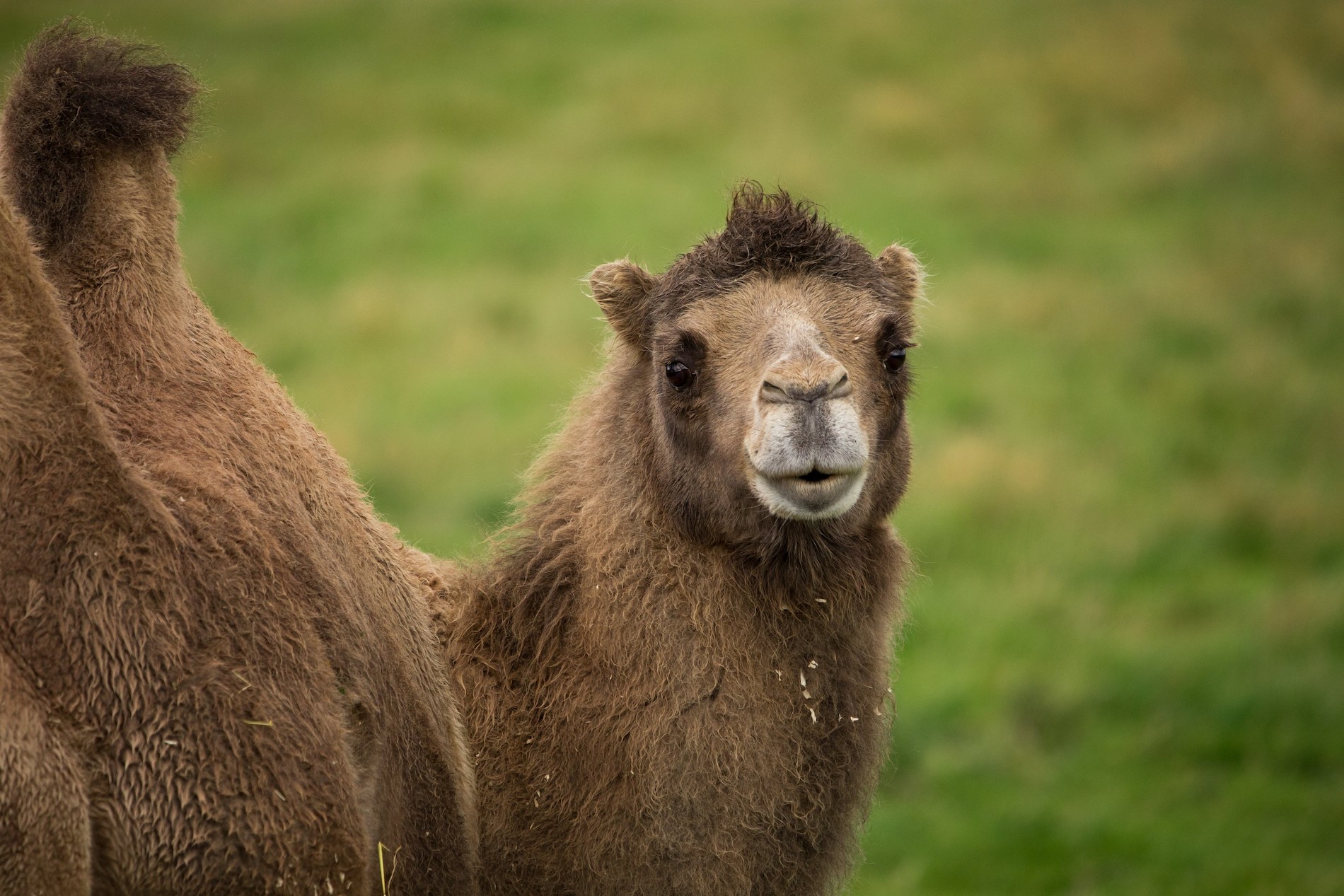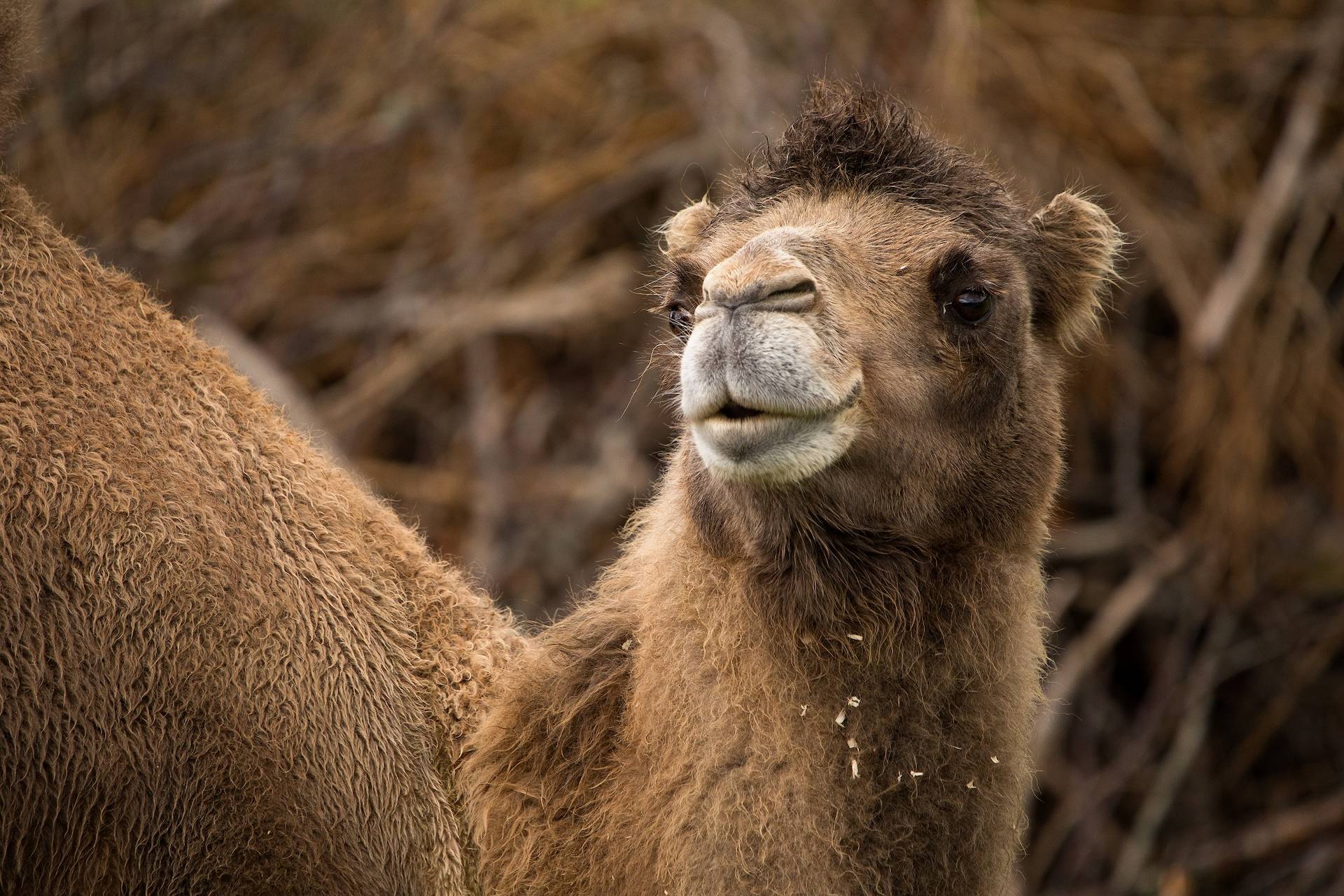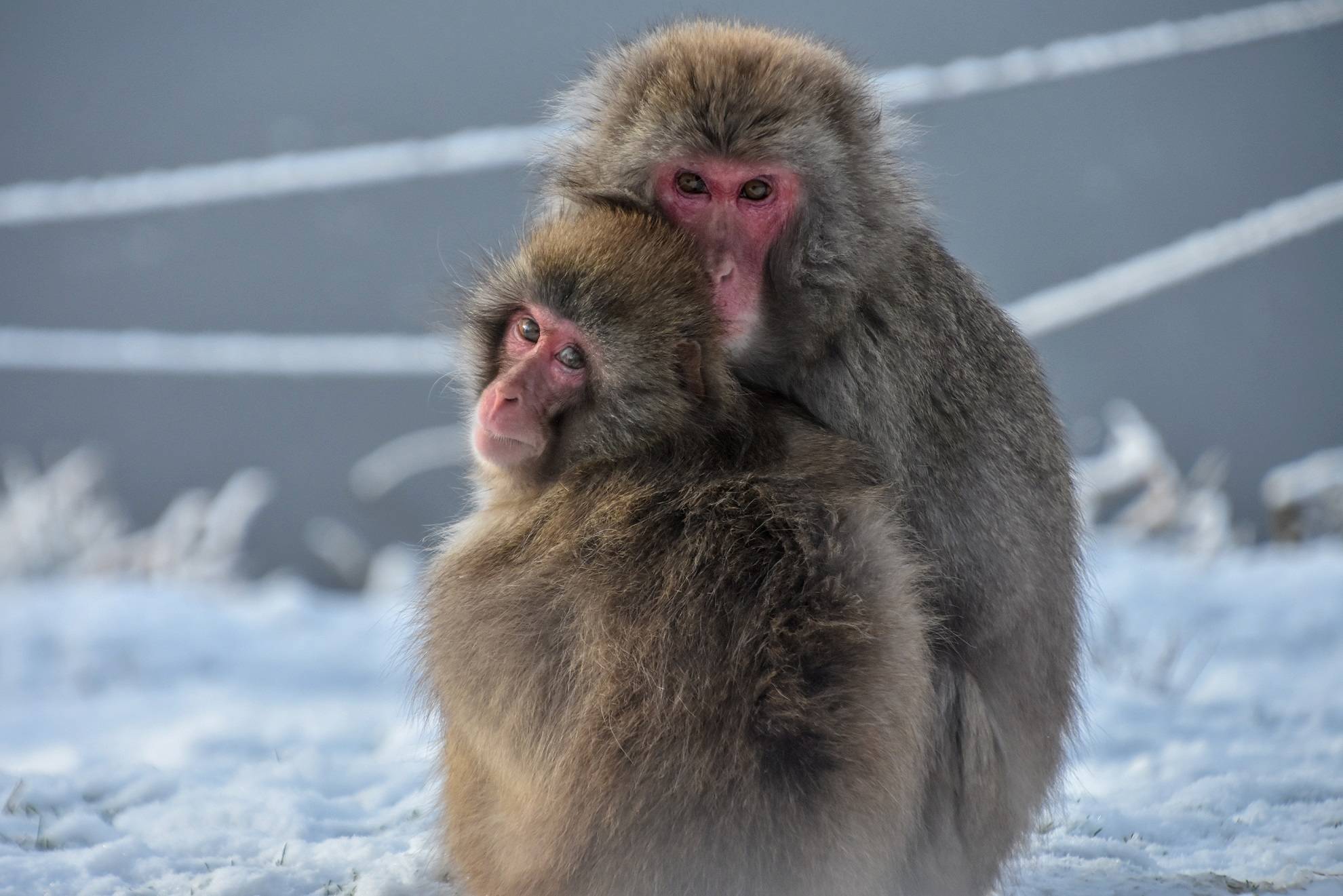Bactrian camel
Camelus bactrianus

We have two female Bactrian camels here at the park – Dierdre and Dippy. Native to the steppes of Central Asia, including regions in China and Mongolia, Bactrian camels are incredibly well-adapted to harsh environments. They can withstand extreme temperature variations, from scorching desert heat to freezing cold winters.
As herbivores, their diet consists of grasses, leaves and thorny plants. Unlike the dromedary camel which has one hump, Bactrian camels have two humps. These humps store fat which the camel can convert to energy when needed.
Population
Unknown
Diet
Herbivore
Habitat
Desert
Fact file
Bactrian camels are the only land mammals that can drink salty water
Extreme heat is no problem for these camels! They grow a very thick, warm coat in the winter which they shed in warmer weather
Their feet are wide and padded. This lets them handle all types of terrain, including sand and snow
They can completely close their nostrils to protect from sand and dust

How we're helping
Like all the animals in our care our camels are amazing ambassadors for their relatives in the wild and help hundreds of thousands of people connect with nature every year. They encourage visitors to learn about the threats facing wildlife and the action they can take to help create a world where nature is protected, valued and loved.
As a wildlife conservation charity, we care for the animals here at the zoo and work to protect species at risk around the world. From providing expertise in genetics and veterinary health, to protecting wild places with local conservation partners, and even restoring threatened species to the wild, we are active where we are needed most.
Find out more about RZSS conservation
